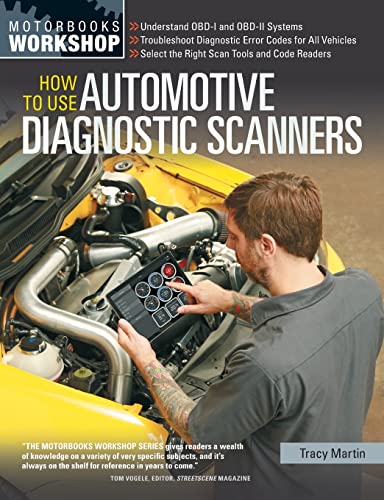You know that feeling when you're driving down the road and suddenly notice that your check engine light has lit up along with a down arrow? Well, you may be wondering what that means. We have researched this topic to find out what it means and how to fix this.
A check engine light with a down arrow is usually a warning light which means there is a significant power reduction in your car's engine. You need to get the exact code to figure out what the problem is. The best way to do this is by getting a diagnostic scan tool.
Check engine lights are designed to signal the presence of a problem with the vehicle. It's important to understand what a check engine light means so that you can address the issue in the most effective way. Read on as we provide details on what's causing your car engine to lose power and what you can do about it.
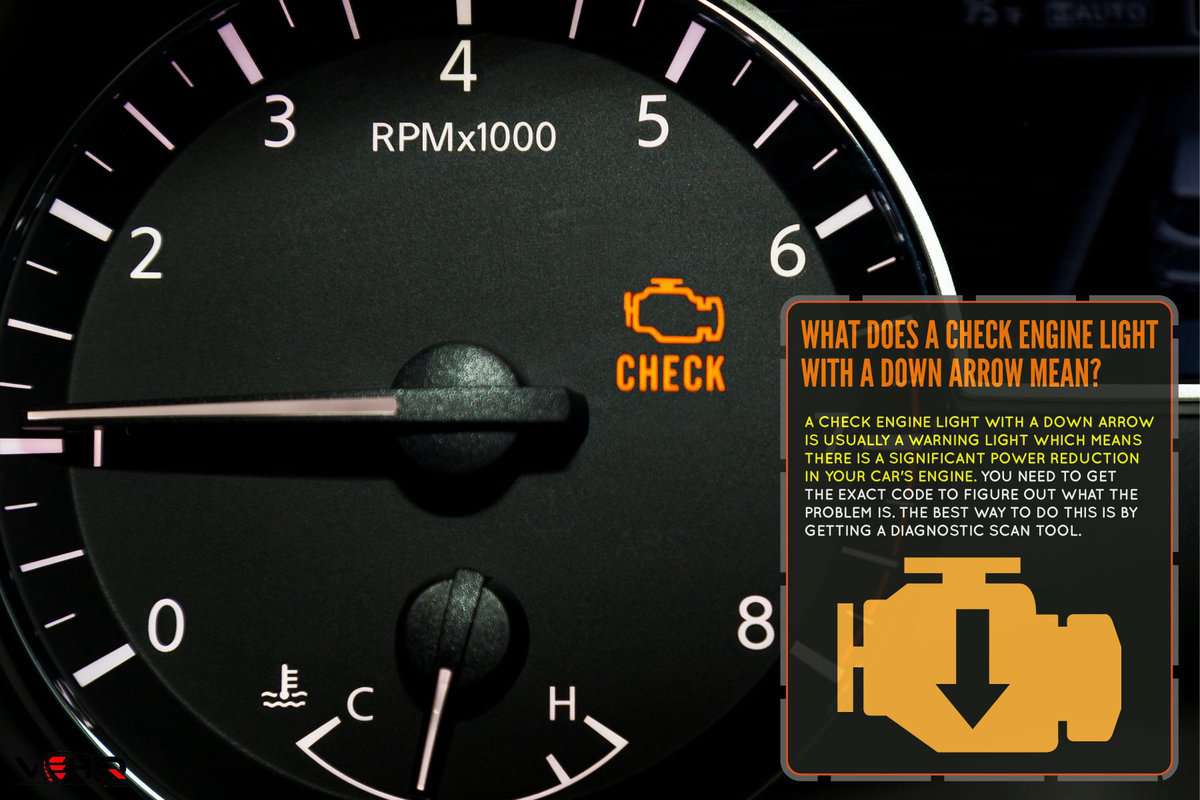
Common Reasons Why Engine Power Is Reduced
Think about your car as a machine and the power produced by the engine as the amount of energy needed to do work.
When the engine is working at its peak efficiency (meaning everything is functioning as it should be), it can produce the highest amount of power and therefore the most energy used to do work.
If it's running at less than peak power, it's not maximizing all of the energy that it has available to do work. In this case, it's losing power. This means that some vital part of the car is not doing what it should be doing, so less energy is being used to do work.
We're going to look at the common causes of reduced engine power. If you spot any of these symptoms, then you can safely assume that there is a reduction in the efficiency of the engine.
Problem With The Fuel System
A car's fuel system consists of different parts that work together to ensure the fuel gets to the engine. When you see something wrong with one of the components of the fuel system, it can cause the engine to lose power.
What Are The Things To Check In A Car's Fuel System?
1. Fuel Injectors
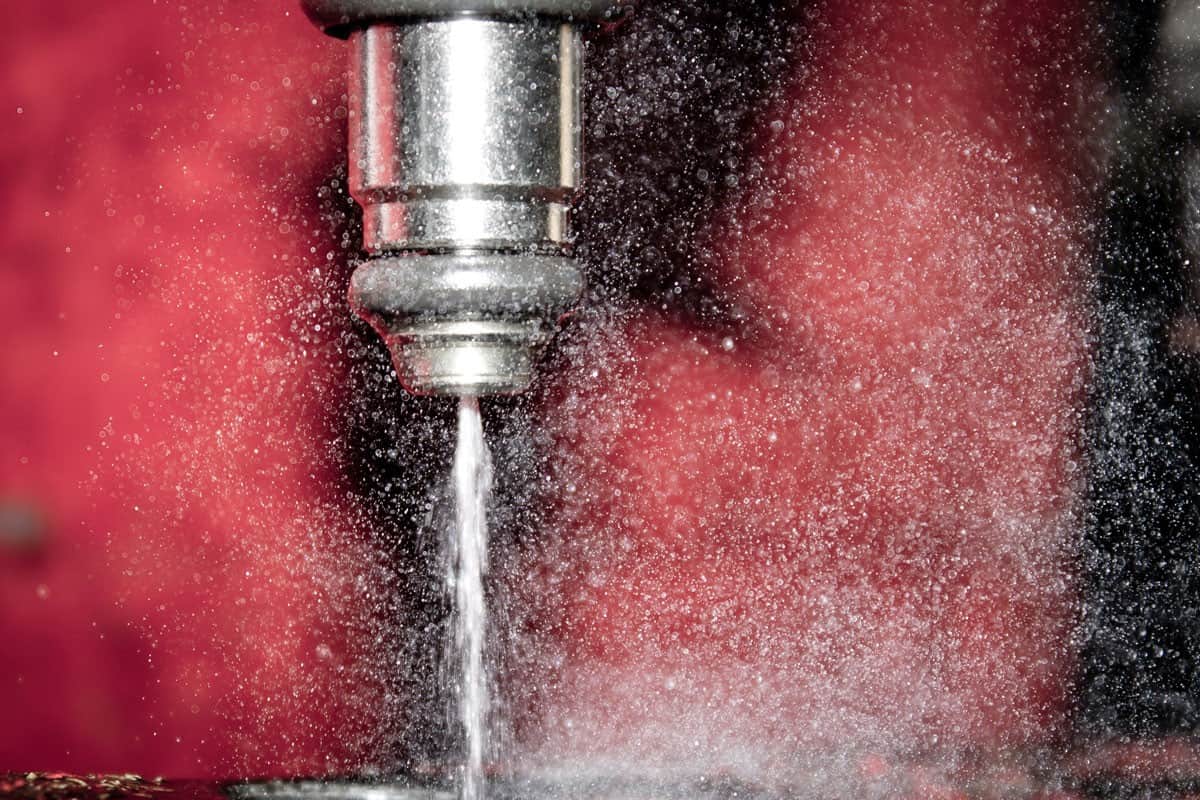
A fuel injector is responsible for injecting fuel into the combustion chamber of a cylinder. It is also responsible for delivering the correct amount of fuel to the cylinder at the correct time. When the injector is clogged, the engine loses power.
You may be able to start and run the car, but the engine will not be efficient in producing power, causing your car to be sluggish.
How To Clean A Clogged Fuel Injector
Cleaning a fuel injector is a fairly simple process, and you can do it yourself. Here are the steps:
- Get a can of carb cleaner. The process of fuel injector cleaning is to run the engine with the carb cleaner.
- Since you will be running the engine with the carb cleaner, you need to disconnect the fuel pump fuse and the fuel line before you start.
- Create a makeshift fuel adapter hose that you can fit snugly into the fuel rail. You can use plastic or rubber material as long as it fits into the fuel rail.
- Make a stopper with a hole that is big enough for the carb cleaner straw to go through. The straw is a great way to spray the carb cleaner into your fuel injectors. Glue the stopper inside the hose to seal possible leaks completely.
- Connect the carb cleaner to the straw and the other end, which is the makeshift hose, to the fuel rail. Use a hose clamp to secure the hose tightly.
- Spray the carb cleaner and start the engine.
- Let the engine run on carb cleaner, spraying more carb cleaner as needed until you feel the can is out of pressure.
- Remove the hose from the fuel rail and the straw from the carb cleaner. Always wear safety goggles when doing this to avoid pressurized carb cleaner coming from the straw from getting into your eyes.
- Put everything back together in any order. You can start with the fuse or fuel line; it doesn't matter as long as you don't start the engine.
- Start and run the engine for a few minutes and you have squeaky clean fuel injectors!
Check out this carb cleaner on Amazon.
The entire process is best illustrated in the video below:
2. Fuel Pump
When a car is being driven at high speeds and the fuel pump begins to fail, it will cause the car to slow down as the engine loses power.
The fuel pump works by pumping fuel from the tank to the engine. A bad fuel pump can cause the engine to lose power because it is not delivering enough fuel to the engine.
It is important to note that fuel pumps for cars are not interchangeable unless otherwise stated in your car's manual. This means that if you replace the fuel pump on a car model that isn't the same as your original, the fuel pump may not be compatible.
Each car manufacturer has its own unique fuel pump system. Though some are interchangeable if the cars are of the same make and model.
3. Air Filter
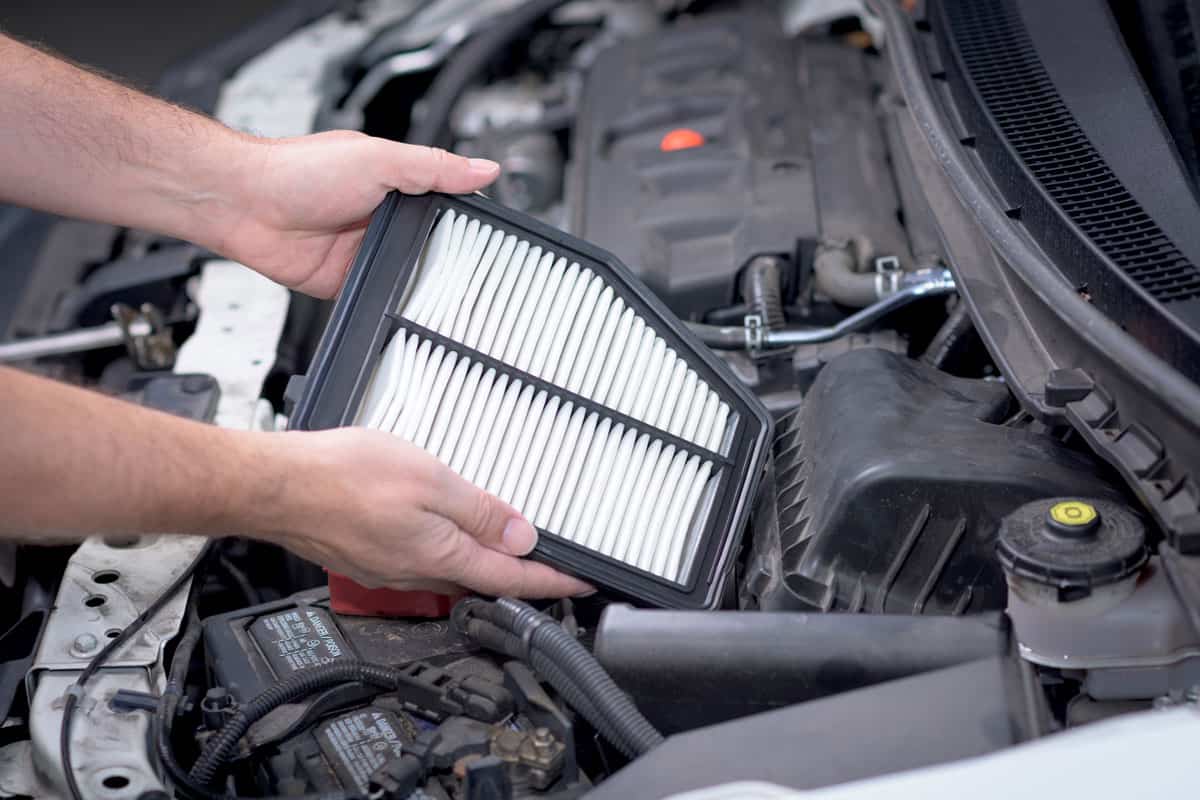
A car's internal combustion engine is dependent upon a clean and sufficient air supply. Any air filter in the intake system acts as a barrier to the movement of air into the engine.
However, the air filter may become clogged with dirt over time and the car will start to lose power until the filter is replaced.
Air filters are a necessity and should be replaced every year. The filter should be inspected regularly to ensure the dirt isn't causing issues.
How To Change Air Filter
- Look for a black box that is made of plastic under the hood. This is where your air filter is housed.
- Remove the fasteners that hold the air filter housing in place to open it. This is also the perfect time to vacuum-clean the housing.
- Check the condition of your old filter and see if it can be reused by cleaning. While it may seem like it would be a pain in the "you know where" to clean a dirty air filter, it's actually very easy to do and will save you money in the long run.
- If you think your car is better off with a new air filter, replace it. Make sure that the air filter is seated properly in its slot.
- Put everything back on and your engine will thank you for this!
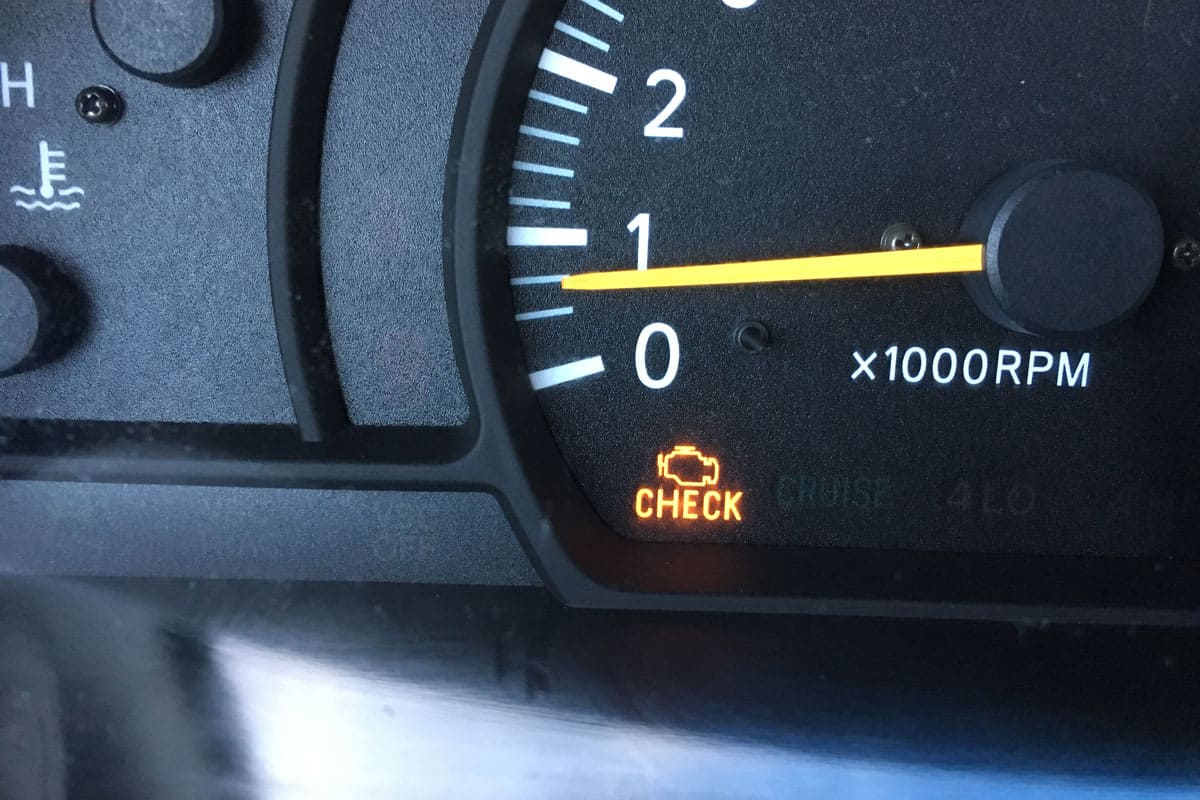
4. Fuel Supply Line
If there is a problem with the fuel line, the fuel will not reach the combustion chamber, or if it does, the amount is not sufficient to give your engine the power it needs to run your car optimally.
This can happen if you have a leak somewhere in the fuel line. You can use epoxy glue to patch the spot where it's leaking.
How To Fix A Leaky Fuel Line
- The fuel line is located near the gas tank. Check for fuel drippings on the floor. This should give you a clue which part of the fuel line needs attention.
- Jack the car up and see if you can see the crack where the leak is coming from. Apply epoxy around the leak if you can. Otherwise, you may have to remove the fuel line and replace it depending on the gravity of the problem.
- The fuel lines are being held by nuts to keep them in place. You may have to remove the low-pressure fuel line first by loosening the nuts. This way, the high-pressure fuel line is exposed so you can easily work on it. Relieve the pressure to stop fuel from dispersing by adjusting its fitting.
- Detach the high-pressure fuel line and check for cracks. Apply epoxy to the crack and allow it to cure. Once cured, put everything back on.
Check out this epoxy paste on Amazon.
Compression Loss
If you've recently had a tune-up done on your car, chances are good you're familiar with the term "loss of compression."
Loss of compression occurs when the pistons in the engine are not able to fully compress the air-to-fuel mixture in the combustion chamber. This prevents the engine from developing the most efficient power possible.
Common causes of compression loss are damaged pistons and cylinders, failing valves, and slipping timing belts.
Loss of compression is the last thing you want to see in your car's engine because you will be dealing with complex engine component issues that require a high level of expertise and time to diagnose and fix.
How To Diagnose Reduced Engine Power Issues
A diagnostic scan tool is a device that plugs into the onboard diagnostics port under the dash of your vehicle. It can diagnose a variety of problems, including the most common codes for car trouble. You can use the scan tool to identify the issue. Here's how you do it:
1. Plug The Scanner In
Once you have the scanner, plug the scan tool into the diagnostic port, which you will find somewhere underneath the dashboard.
2. Turn The Engine On
In order for the scanner to work, you must first turn the engine on. You will see a screen appear with lots of numbers and letters.
3. Document The Code
Take note of the code. Each code represents a different problem, and it will tell you exactly what is wrong with your vehicle.
Check out this handy manual of error codes on Amazon.
Take a look at this car code scanner on Amazon.
In Closing
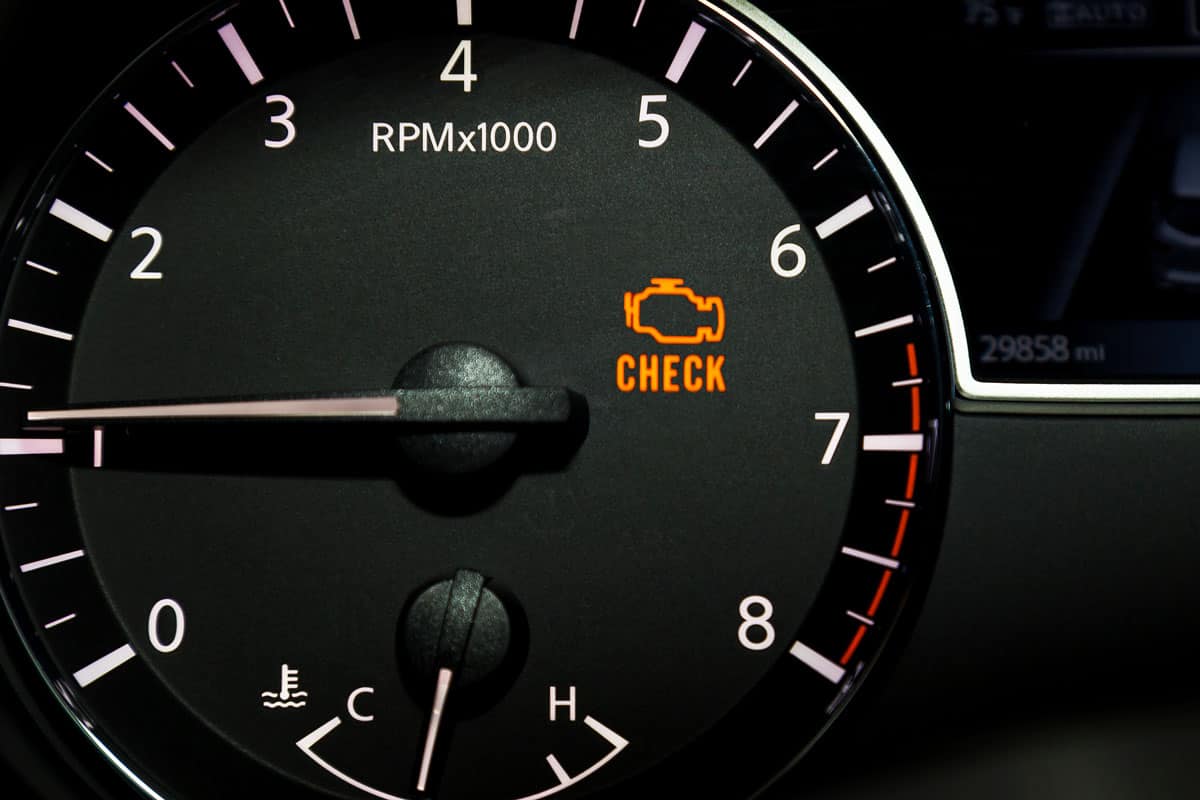
Check engine lights are a warning sign of potential trouble. While most of the time these lights are nothing to worry about, it’s important to know what they mean and see if you can fix the issue yourself by using a diagnostic scan tool. This way, you save money on a repair and don’t end up with an expensive bill.
You might also like:
Check Engine Light Comes On And Off While Driving; What Could Be Wrong?
Can Hot Or Cold Weather Cause The Check Engine Light To Come On?



